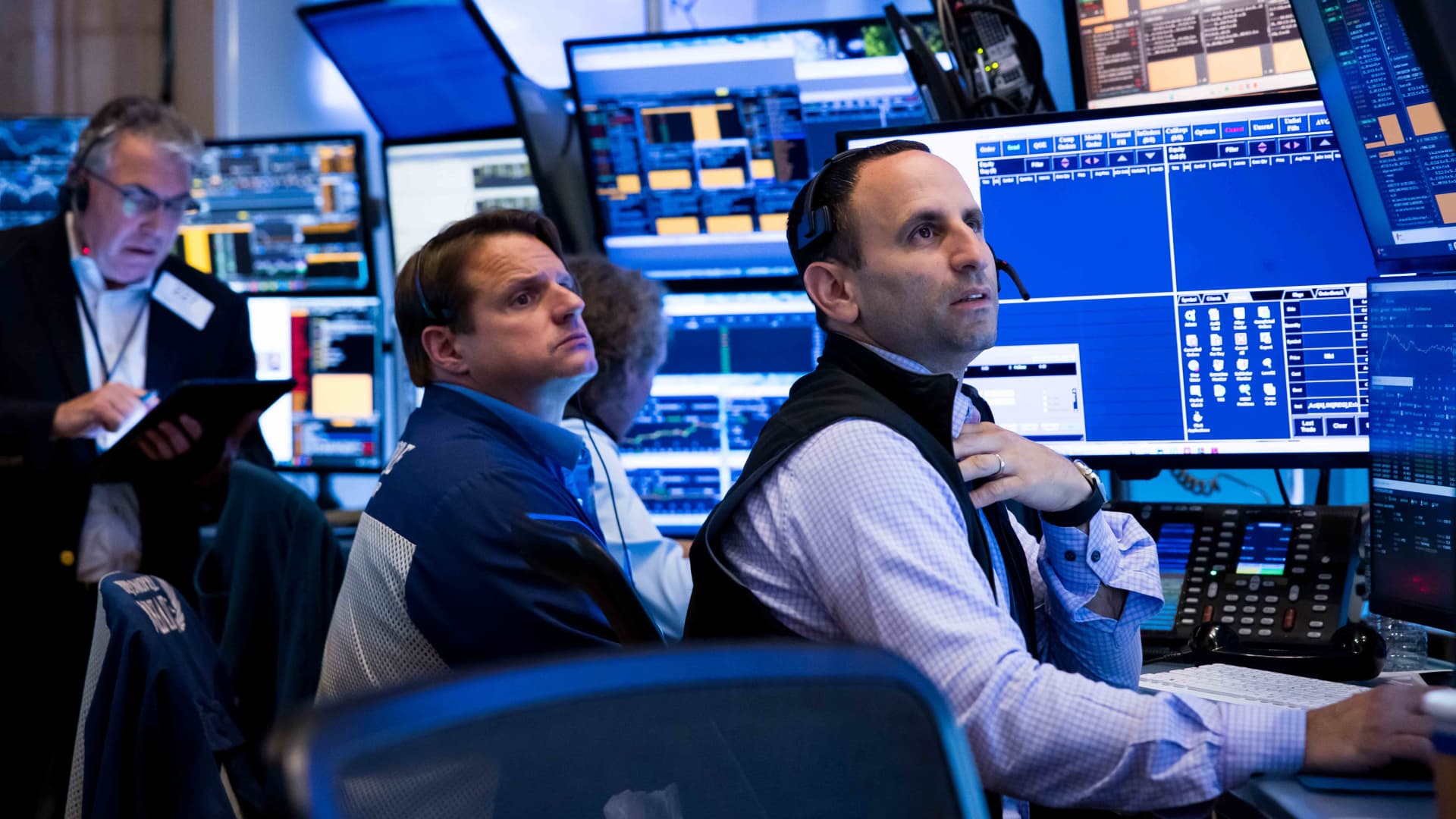Wall Street may be taking the wrong lesson from the latest tariff updates. Stocks sold off Monday, with the Dow Jones Industrial Average falling more than 400 points after President Donald Trump announced steep new tariffs on goods from South Korea and Japan. Subsequent announcements brought that tally up to 14 countries. Trump also moved the “reciprocal” tariff deadline back to Aug. 1 from July. Still, the market response was relatively muted considering the impact sharply higher duties could have on inflation, consumer spending and corporate earnings, underscoring investors’ now deeply-held conviction that the worst of the tariffs are behind them. Some market observers are concerned that’s the wrong conclusion. “We’ve observed before that Trump is unusually transparent and keeps a lot more of his campaign promises than most presidents. We’ve urged investors to listen to Trump on trade and believe him,” Andy Laperriere, head of U.S. policy research at Piper Sandler, wrote in a Monday note. “However, we would not recommend taking what his economic advisors say about trade at face value. They have been telling investors what they want to hear over the past 90 days, which is quite a bit different from the truth.” “The truth is, Trump wants high tariffs. He has them, and he intends to send them higher. The muted reaction to yesterday’s announcement of 25% tariffs on Japan and South Korea highlights that investors have turned the page on the tariff story,” Laperriere continued. “Investors may be done with tariffs, but we doubt Trump’s tariff agenda is done with investors.” .SPX YTD mountain S & P 500, year to date Stocks accomplished a historic turnaround from their April lows, in part because of messaging out of the White House that convinced investors that Trump is mainly wielding tariffs as a negotiating tool, and will walk back his stance on the highest levies as talks continue. But the new tariffs announced Monday were similar to, or in a few cases even higher than, the duties that Trump initially announced on April 2 — suggesting the president’s unwillingness to back down. Japan, for example, was hit with a 25% levy that’s a little bit above the 24% rate Trump initially threatened to impose in April. Malaysia, another major trading partner, was hit with a 25% tariff rate that is higher than the previous 24%. “He wants ‘deals’ that largely or completely leave his tariffs in place. The message he sent yesterday: those who don’t accept high U.S. tariffs and make concessions get the reciprocal tariffs,” Piper’s Laperriere wrote. “The message the market heard: he delayed again because he isn’t serious about reciprocal tariffs.” Taken together, the latest updates point to an effective tariff rate that will be higher than the consensus 10% the market was pricing in. UBS economists expect the current weighted average of tariffs in place is already around 16%, and said that could rise to roughly 21% if the April 2 rates return. “10% is the floor – and also not a ceiling,” Ed Mills, Washington policy analyst at Raymond James, wrote Monday, citing the recent deals with the United Kingdom and Vietnam as evidence that “countries are very unlikely to be assigned a baseline tariff rate of less than 10%.” Elsewhere, Wolfe Research’s Stephanie Roth wrote that the latest updates raise inflation concerns that could have an impact on the stock market rally. “Investors seem to be dismissing the upside risk to inflation. But someone ultimately has to pay the tariffs— likely showing up in CPI, profit margins, or (realistically) a combination of both,” she wrote. “While we still expect the economy to hold up, this raises near-term risks to the equity rally so far and reinforces our base case that the Fed stays on hold this year given the looming inflationary impact.”





